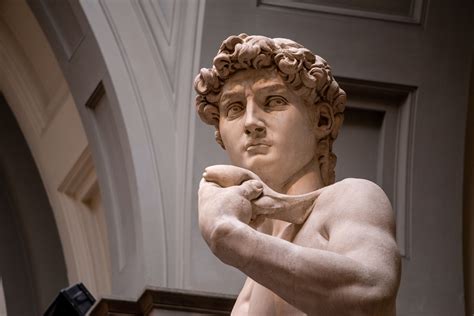The Art of Nude Painting: A Comprehensive Guide for Artists
Nude painting, often referred to as "figure painting," is an art form that involves depicting the unclothed human body. This practice has a rich history, dating back to ancient times, and continues to be a popular subject matter for artists today.
Historical Perspective
The nude has been a central theme in art since the Renaissance period, with artists such as Michelangelo, Raphael, and Titian creating iconic masterpieces. In the 19th century, Édouard Manet and Edgar Degas revolutionized nude painting with their groundbreaking works that featured realistic and unidealized depictions of the human form.
Techniques and Methods
Nude painting requires a deep understanding of human anatomy, as well as the ability to capture the play of light and shadow on the body. Artists commonly use various techniques, such as:
-
Drawing: Sketching and outlining the body to establish its basic structure.
-
Underpainting: Creating a base layer of paint to establish the overall tone and values.
-
Glazing: Applying thin layers of transparent paint to create depth and richness.
-
Impasto: Applying thick layers of paint to create texture and a sculptural effect.
Benefits of Nude Painting
Engaging in nude painting offers numerous benefits for artists:

-
Improves Observational Skills: By focusing on the human form, artists develop their ability to observe and accurately capture details.
-
Deepens Anatomical Knowledge: Nude painting requires a thorough understanding of muscles, bones, and other anatomical structures.
-
Enhances Composition Skills: The nude body provides a dynamic compositional element, allowing artists to explore different arrangements and perspectives.
-
Promotes Creativity: Nude painting encourages imagination and experimentation, as artists seek to find new and expressive ways to depict the human body.
Common Mistakes to Avoid
Aspiring nude painters often encounter common pitfalls that can hinder their progress:

-
Overworking the Drawing: Taking too long to draw can lead to a stiff and unnatural pose.
-
Focusing on Perfection: Nude painting is not about creating an idealized body but capturing the beauty and imperfections of the human form.
-
Ignoring Lighting: Poor lighting can flatten the image and make the body appear two-dimensional.
-
Undervaluing Texture: Texture plays a crucial role in creating a realistic and tactile impression of the skin.
Materials and Preparation
Before embarking on nude painting, artists should gather the necessary materials:

-
Canvas or Paper: Choose a surface that allows for smooth application and blending of paint.
-
Paints: Select paints specifically designed for nude painting, such as flesh tones or acrylics.
-
Brushes: Use a variety of brushes with different sizes and shapes to create various effects.
-
Sketching Materials: Use charcoal, pencils, or pens for sketching and outlining.
-
Reference Materials: Gather photos or live models as references to guide your painting.
The Process of Nude Painting
Nude painting typically involves the following steps:
-
Sketching and Composition: Sketch the basic proportions and pose of the body, considering the composition and lighting.
-
Underpainting: Establish the overall tone and values by applying a base layer of paint.
-
Modeling: Gradually add layers of paint to create depth and volume, focusing on the contours of the body.
-
Detailing: Render the details of the body, such as wrinkles, hair, and textures.
-
Finishing: Refine the painting, adjust the colors and values, and add any final touches.
Resources for Nude Painting
Numerous resources are available to assist artists in their nude painting journey:
-
Art Books: Refer to books on figure painting techniques, anatomy, and composition.
-
Online Courses: Take online courses taught by experienced nude painters.
-
Workshops: Attend workshops where you can receive hands-on guidance and critique.
-
Life Drawing Classes: Practice drawing the human form from live models in life drawing classes.
Tips for Success
To achieve success in nude painting, consider the following tips:
-
Practice Regularly: Dedication and consistent practice are key to improving your skills.
-
Seek Feedback: Ask for constructive criticism from fellow artists or teachers to identify areas for improvement.
-
Study the Masters: Analyze the works of renowned nude painters to learn their techniques and approaches.
-
Experiment with Different Media: Explore various mediums, such as oil, acrylic, watercolor, or charcoal, to discover your preferred style.
Call to Action
Nude painting offers a rewarding and transformative experience for artists. By embracing the challenges and mastering the techniques, you can create powerful and evocative artworks that celebrate the beauty and complexity of the human body.

